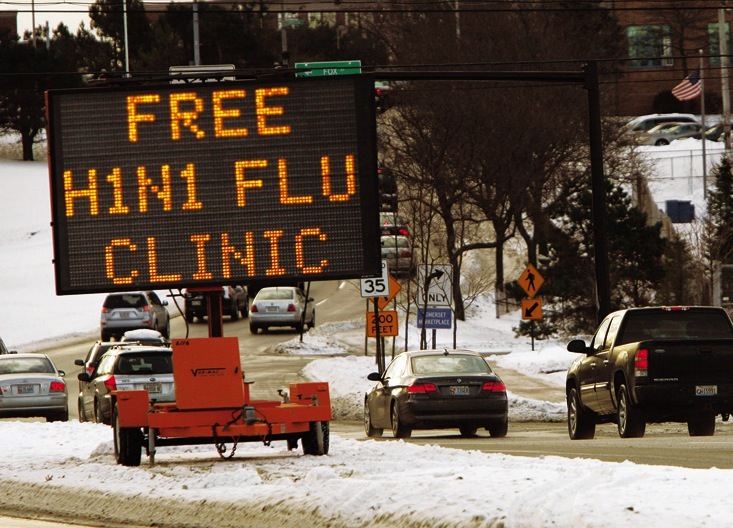Chapter Introduction
SECTION 9
Behind the Demand Curve: Consumer Choice

Paying Whatever It Takes for Health
Panic was the only word to describe the situation at hospitals, clinics, and nursing homes across the United States in October 2004. Early that month, Chiron Corporation, one of only two suppliers of flu vaccine for the entire U.S. market, announced that contamination problems would force the closure of its manufacturing plant. With that closure, the U.S. supply of vaccine for the 2004–
Every year the flu kills approximately 36,000 Americans and sends another 200,000 to the hospital. But the flu vaccine shortfall of 2004 threatened to make matters worse. As news of it spread, there was a rush to get the shots. People lined up in the middle of the night at the few locations that had somehow obtained the vaccine and were offering it at a reasonable price. Meanwhile, some pharmaceutical distributors—
Med-
Clearly, the demand for flu vaccine is unusual in this respect. For many, getting vaccinated meant the difference between life and death. Let’s consider a very different and less urgent scenario. Suppose, for example, that the supply of a particular type of breakfast cereal was halved due to manufacturing problems. It would be extremely unlikely, if not impossible, to find a consumer willing to pay 10 times the original price for a box of this particular cereal. In other words, consumers of breakfast cereal are much more responsive to price than consumers of flu vaccine. But how do we define responsiveness? Economists measure consumers’ responsiveness to price with a particular number, called the price elasticity of demand.
In this section we take a closer look at the supply and demand model developed in Section 2 and present several economic concepts used to evaluate market results. We will see how the price elasticity of demand is calculated and why it is the best measure of how the quantity demanded responds to changes in price. We will then discover a family of related concepts, including the income elasticity of demand and the price elasticity of supply. We will look at how the price and the quantity bought and sold in a market affect consumer, producer, and overall welfare. And we will consider how consumers make choices to maximize their individual utility, the term economists use to describe “satisfaction.”